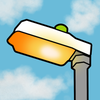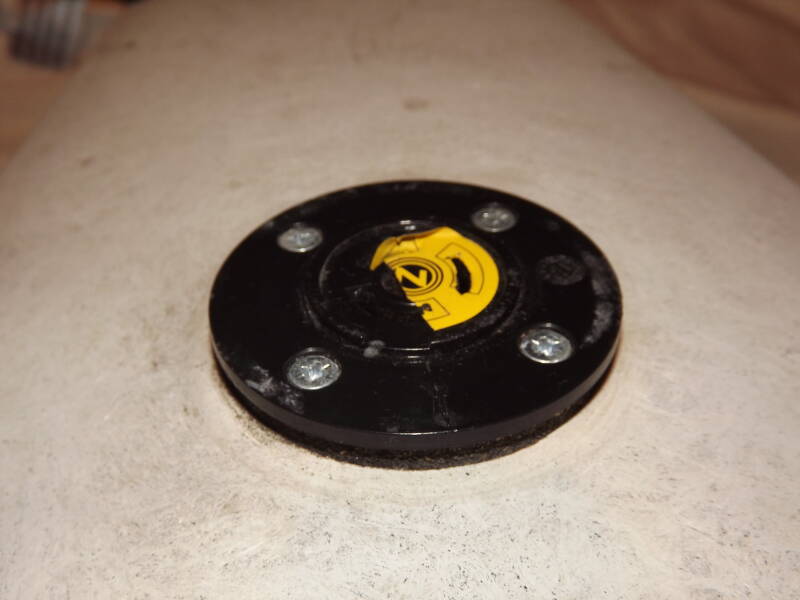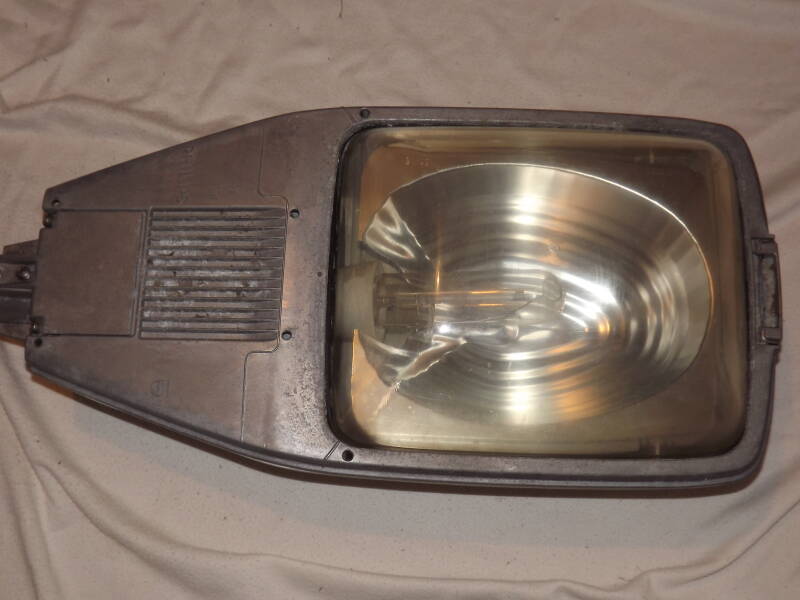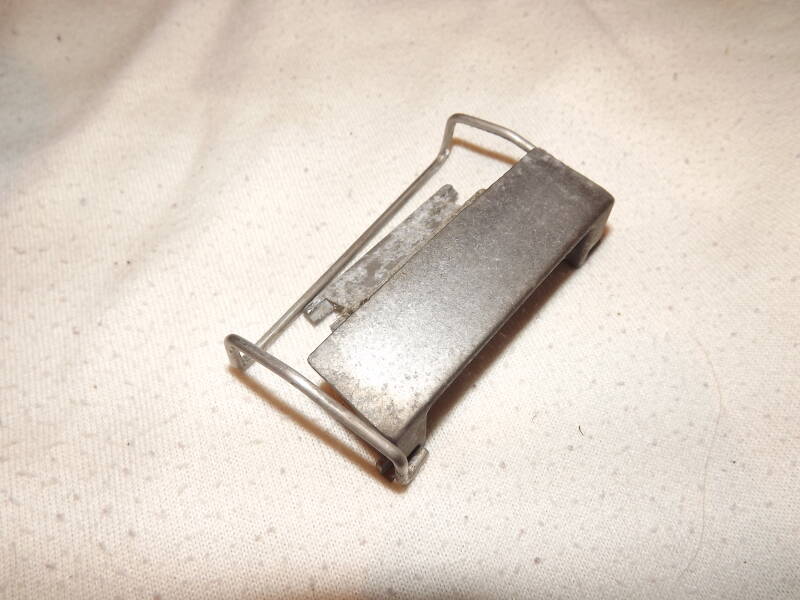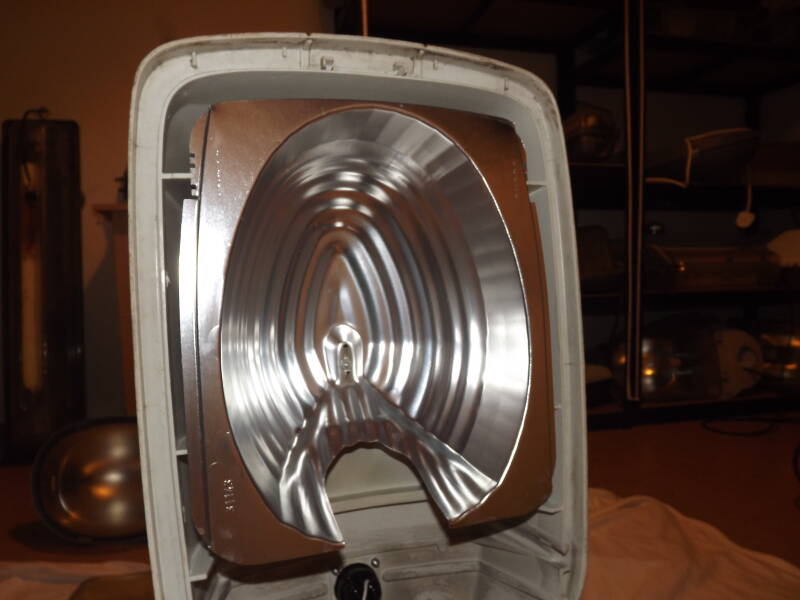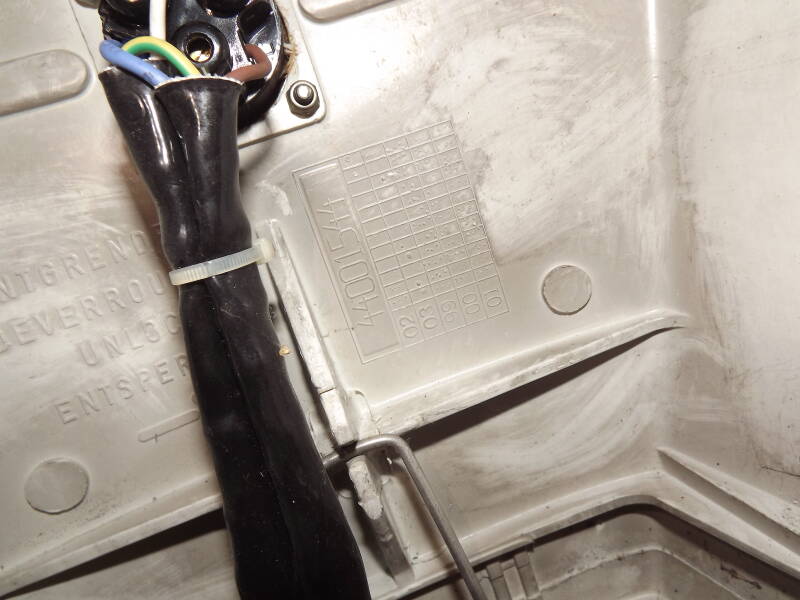My Collection: Philips SGS203
| Manufacturer | Philips |
| Catalogue Number (model) | SGS203 |
| Wattage | 150W |
| Lamp-Type | SON-T |
| Gear | Original |
| Ballast | Philips DynaDimmer Programmed Xt HID Driver SON150 |
| IP Rating (when new) | IP43 |
| Date Of Manufacture | ~~/03/2005 |
| Date On Photocell Socket | ~~/11/2004 |
| Date Acquired | 10/08/2024 |
| Restoration Status | Cleaned |
| Collection Number | #59 |
The Philips SGS203 was extremely common throughout the UK, most-commonly on main roads. They could run 50W-250W SON-T lamps, with this example running 150W SON-T. The bowls on these are quite unique, as they sit in the lantern's aluminium base with no clips to secure them. It's not often you see this kind of setup with the bowl just sitting there unsupervised. This fact makes them slightly tedious to work on when not on a column.
The lantern has a simple appearance from above. A NEMA socket and the canopy's hinges are located towards the back of the canopy.
The NEMA socket is dated November 2004.
The clips is a design I have not seen before. It consists of two parts, the main clip and a metal rod section to hold it all together. Once undone the clip comes off the lantern entirely.
With the clip removed, the canopy is free to hinge open. This grants access to the gear and lamp.
Inside, the lamp's dome-mount is slightly damaged; the lamp also making a violent rattling sound when shaken. Despite this it still works.
The identification sticker is located to the right-hand side of the lamp-holder. The "C5" visible to the top-right translates to May 2005.
Around the bowl, the seal is dated to the 19th October 2004.
There's also a lamp icon on the side of the bowl to showcase the correct way to place the bowl into the base of the lantern.
The gear consists only of a Philips DynaDimmer Programmed Xt HID Driver SON150
Onto the canopy: the reflector is mounted on the inside, so it lifts up with the canopy when the lantern is opened.
I believe this may be a date code referring to October 2003:
The word "unlock" is etched into the canopy in four languages (Dutch, French, English and German). This points towards the metal bar which locks in to keep the canopy open during servicing.

